Constantina
To visit Constantina is to travel through history, to discover in its streets the vestiges and remains of the different civilisations that make up the collective memory and historical legacy of one of the most important towns in the region. The whole area is of interest to those who are attracted by popular architecture, which is why most of the traditional centre and its surroundings were declared an Asset of Cultural Interest (BIC) in June 2004, under the category of Historic-Artistic Interest. This importance is demonstrated by the number of both religious and civil buildings and monuments that are scattered throughout the town centre. You are recommended to walk through the streets on the slope of the Castle, in the southern part of which is the neighbourhood of La Morería, which still largely retains the Moorish construction methods and layout, being the most primitive part of the town.
A stroll through the Church of Santa María de la Encarnación or along the central pedestrianised Calle Mesones, with its terraces and shops, can help you rest and relax after the many miles of walking you have accumulated.
Constantina has several chapels, both inside and outside the town. One of the most magical and at the same time little known is the chapel of La Hiedra. It is a building of great interest, although unfortunately only the exterior enclosure remains, including a doorway which, according to tradition, belonged to the now disappeared convent of San Francisco, and which has a simple Renaissance design attributed to Hernán Ruiz II himself, who was involved in the design of the parish tower. The year 1570 is engraved on one of its spandrels. The belfry, with its curious asymmetrical layout, has also been preserved. However, of the internal structure, only very deteriorated fragments of the walls remain.
The chapel of Nuestro Padre Jesús, built around 1716, is in a simple Sevillian Baroque style with a single nave with a hemispherical dome, main altarpiece, bell tower and access to the sacristy and Casa-Hermandad (Brotherhood House) from the nave itself. It is worth mentioning the simple Baroque belfry with two sections that tops the façade at the foot of the church.
The chapel of Nuestra Señora del Robledo is located 2 kilometres from the town centre. Its most primitive part is in the Mudejar style, with three naves, separated by pointed arches framed by an alfiz and a chancel covered by a hemispherical dome decorated with murals. In the early 18th century, an alteration was made to the sanctuary, which at the end of the same century was finally transformed into the present-day chapel with typical late Sevillian Baroque style decoration.
You set out from the chapel of La Hiedra, on the outskirts of the town, climbing to the very foot of the Castle of Constantina. You continue through small olive groves that from time to time allow you a glimpse of some panoramic views of the town. You enter a marvellous chestnut forest that provides cool shade in the hot months and a dream landscape in the cold months, whether it be the reds and golds of autumn or the bare branches of winter. Do not be surprised if you come across mushroom hunters, as this fertile land offers some of the most sought-after varieties, such as Boletus or Amanita caesarea.
You will enjoy the typical mountain scenery for a few kilometres, until you reach the Rivera del Huéznar, where you can admire an excellently preserved river ecosystem and a gallery forest that will accompany you along the entire stretch of river you walk along. You will also always be close to the railway track, which you will cross three times, twice under bridges and once over a level crossing.
Cazalla de la Sierra
Along this river there are several recreational areas, in any of which you can take a rest before starting the final climb into Cazalla de la Sierra. If you keep your eyes peeled, you can see the Virgen del Monte chapel on your left. You cross the track and enter a livestock farm, more specifically an Iberian pig farm. The pigs will accompany us for the duration of this uphill stretch from the riverbank. Just a few metres further on you come across a path that will take you to Cazalla through its most fertile area, as you will be walking through a place whose vegetable gardens have been farmed for centuries. You can visit some of them on your way, and even buy salad for dinner, directly from the market gardener, in market gardens such as Azahín.


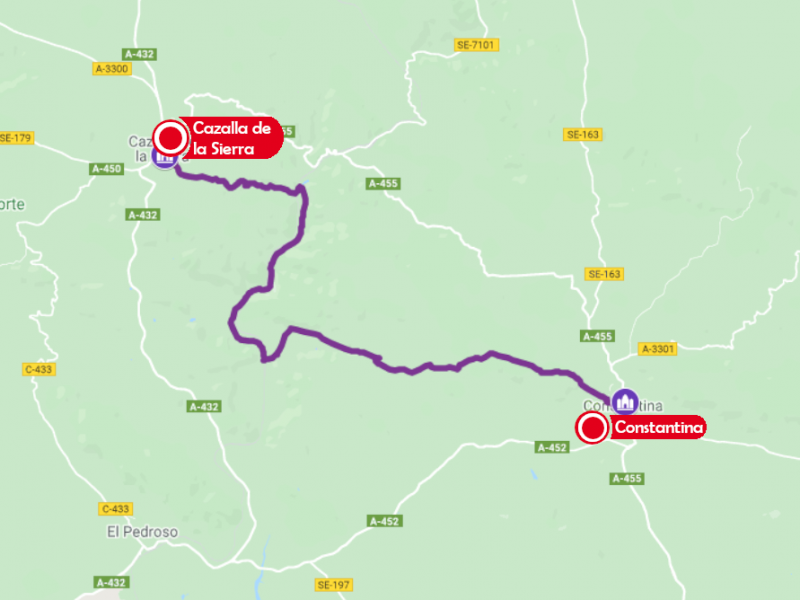
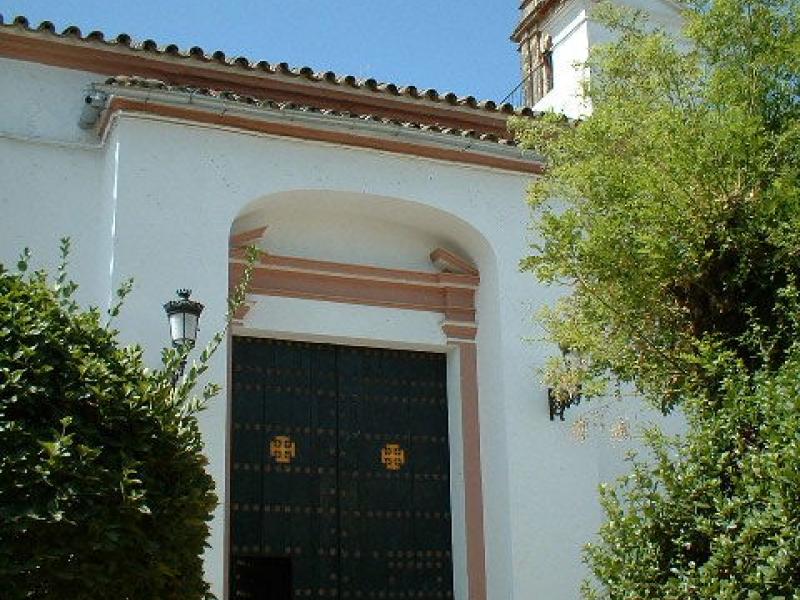
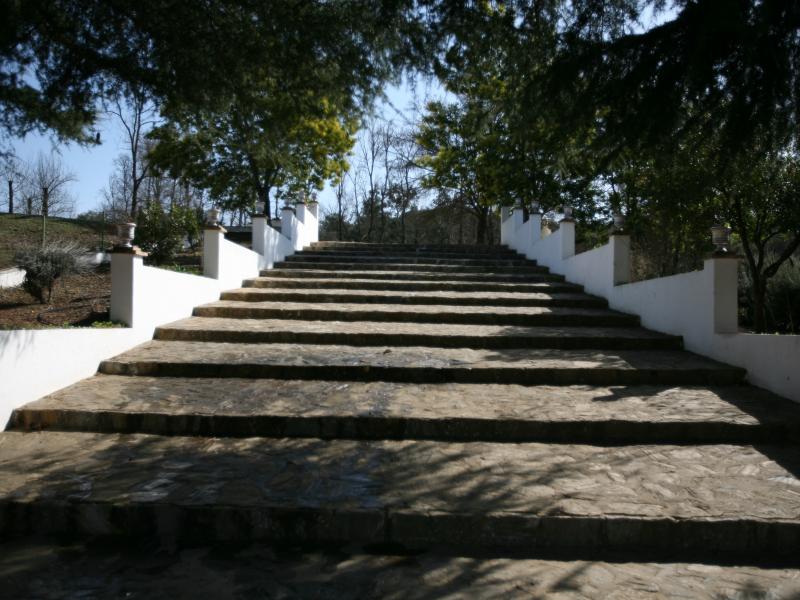
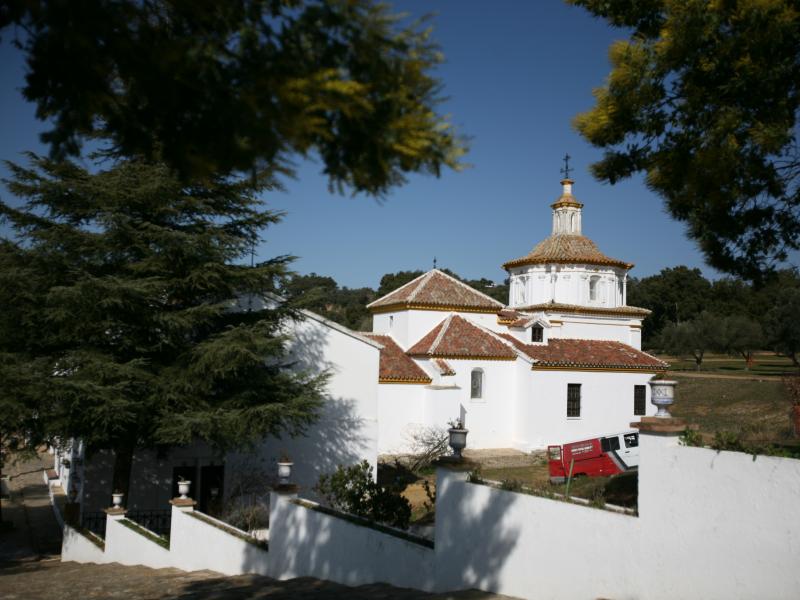
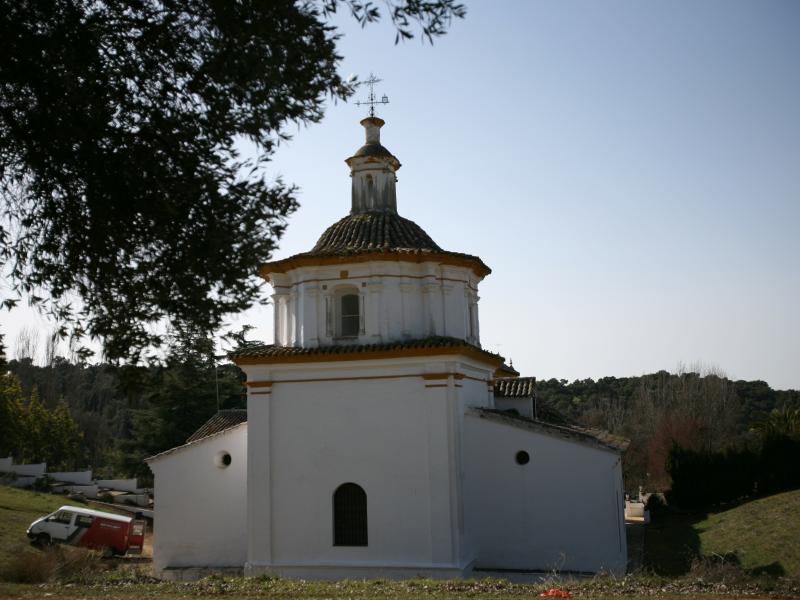
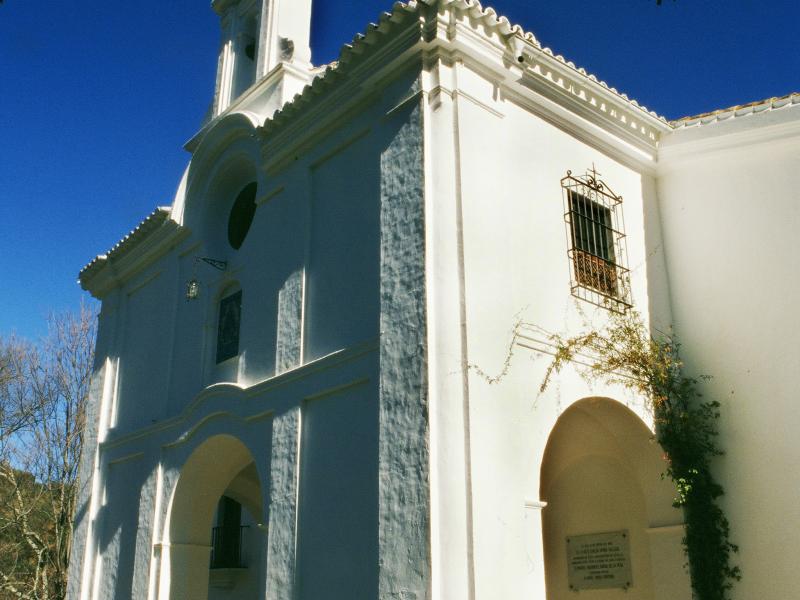
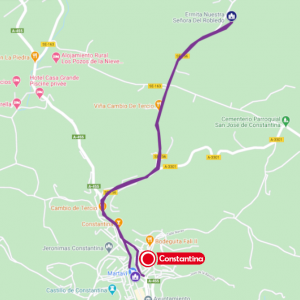
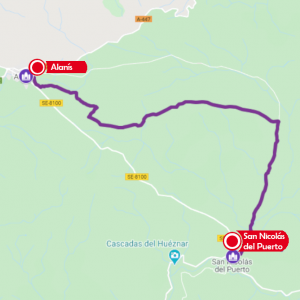
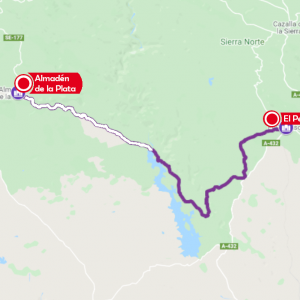
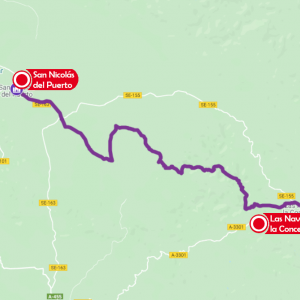
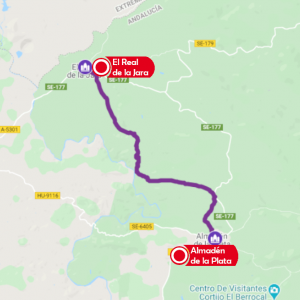
0 comments
New comment
The comments are moderated, so it takes a while to appear. If they contain offensive language they will not be published.